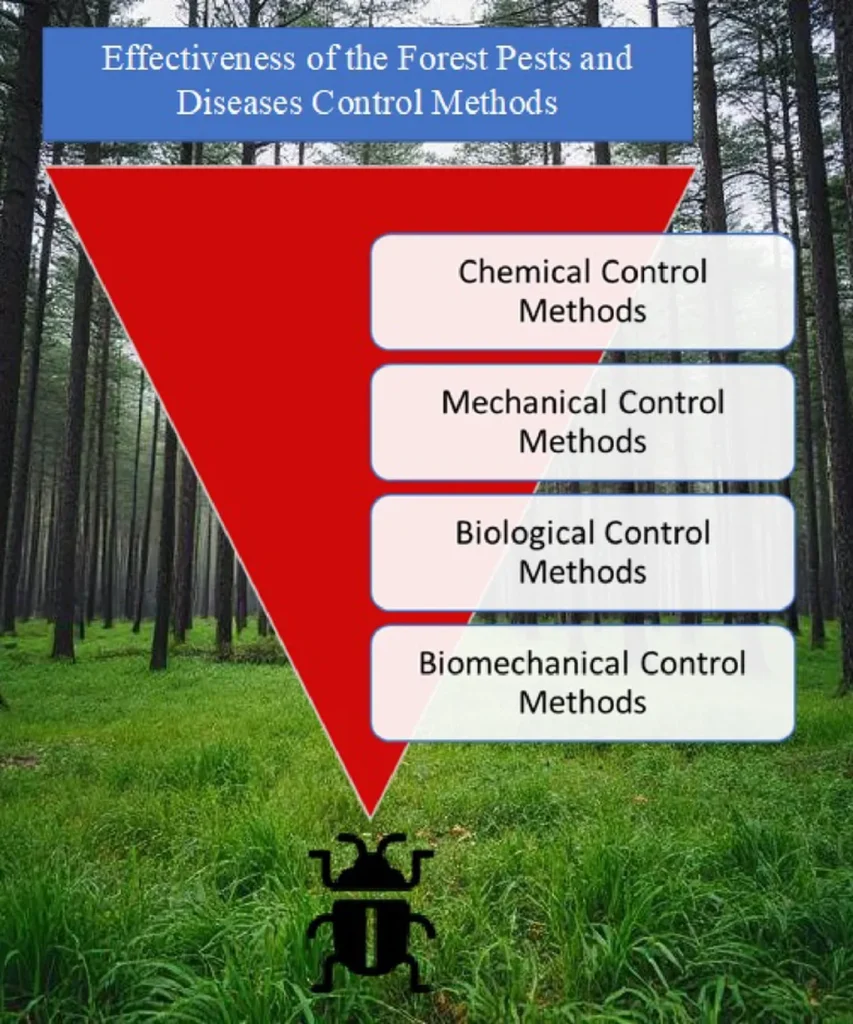In the heart of Turkey’s Muğla Sıtkı Koçman University, a groundbreaking study led by Volkan Sevinç from the Department of Statistics is reshaping our understanding of forest pest and disease management in the industrial wood sector. Published in the esteemed journal *Scientific Reports* (translated to English as “Scientific Reports”), this research employs deep learning to evaluate the effectiveness of various control methods, offering valuable insights for the energy and construction sectors.
Industrial wood production is a cornerstone of many economies, supplying essential raw materials for construction, paper, and pulp industries. However, the sector faces significant challenges from forest pests and diseases, which can severely impact wood quality and quantity, leading to substantial economic losses. “The development and implementation of effective pest and disease management strategies are crucial for sustainable wood production,” Sevinç emphasizes.
The study explores four primary control methods: mechanical, chemical, biotechnical, and biological. Using a sophisticated deep learning model, Sevinç and his team analyzed the impact of these methods on industrial wood production output. The results reveal that all four methods contribute positively, but their effectiveness varies.
Chemical control methods emerged as the most effective in enhancing production levels, followed by mechanical methods. Biological methods ranked third, while biotechnical methods were found to be the least effective. “Although chemical control methods are highly effective, they come with well-documented environmental risks,” Sevinç notes. “Their discontinuation in the short term remains impractical due to their rapid action against pests and diseases.”
In the interim, the focus should be on minimizing the ecological impact of chemical methods through targeted research and improved formulations. However, the long-term goal must be to invest in and enhance the effectiveness of environmentally friendly alternatives. “A transition to sustainable pest and disease management is essential for the future of industrial wood production,” Sevinç asserts.
This research has significant implications for the energy sector, particularly for companies reliant on wood as a primary resource. By optimizing pest and disease management strategies, these companies can ensure a steady supply of high-quality wood, ultimately stabilizing production costs and enhancing economic stability.
The study also highlights the potential of deep learning in analyzing complex ecological data, paving the way for more sophisticated models that can predict and mitigate the impact of forest pests and diseases. As the world moves towards sustainable practices, this research offers a roadmap for balancing immediate economic needs with long-term environmental goals.
In the words of Sevinç, “The future of industrial wood production lies in our ability to adapt and innovate, ensuring that we meet the demands of today without compromising the needs of tomorrow.” This study is a significant step in that direction, offering valuable insights for policymakers, industry leaders, and researchers alike.

